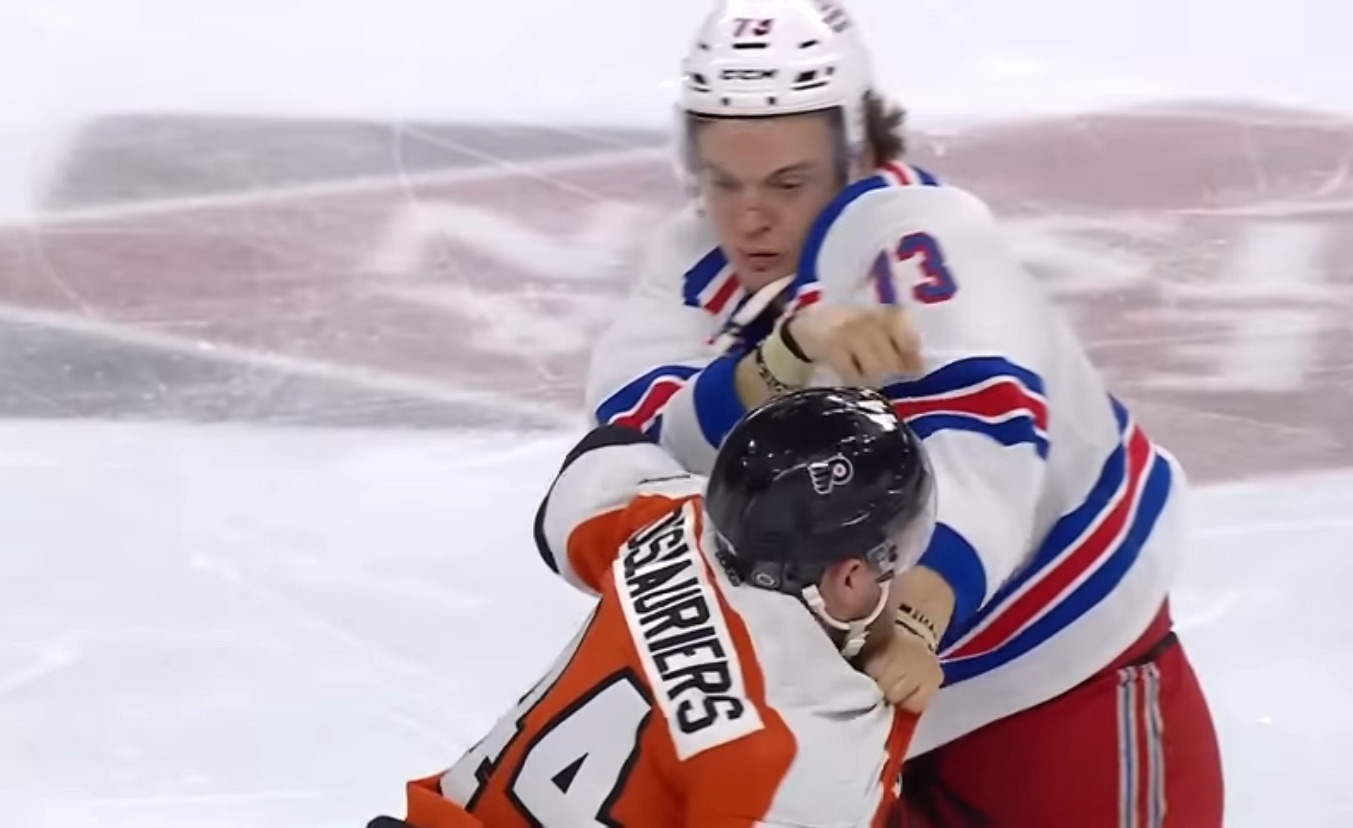Introduction
Ice hockey, a sport known for its speed, skill, and physicality, has a unique aspect that sets it apart: fighting. For decades, fans have witnessed intense battles on the ice, where players drop their gloves and engage in fisticuffs. But as the game evolves, so does the role of fighting. In this article, we explore the history of fighting in hockey, discuss its recent decline, and consider how new players like Matt Rempe might revive this age-old tradition.
A Brief History of Fighting in Hockey
Fighting has deep roots in hockey, dating back to its early days. Here are some reasons why it became ingrained in the sport:
- Lack of Rules: In the early 20th century, hockey had minimal regulations. Players faced off on frozen ponds, often without protective gear. With few penalties for fighting, physical intimidation became a strategic tool.
- Working-Class Influence: Lacrosse players, accustomed to aggressive play, transitioned to ice hockey. Their influence contributed to the game’s physical nature.
- Blue Lines and Physicality: Rule changes, including the introduction of blue lines in 1918, encouraged more physical play. Players adapted to the new dimensions, leading to increased contact.
The Decline of Fighting
Over the past two decades, fighting rates in the NHL have dropped significantly. Key factors include:
- Changing Style: Teams now prioritize speed, skill, and finesse. Enforcers—players designated for fighting—are less common as the game emphasizes other aspects.
- Safety Concerns: Awareness of concussions and long-term health risks has led to reevaluation. The NHL aims to protect players while maintaining the game’s integrity.
- Entertainment Shift: Fans seek more than just fights. Goals, assists, and teamwork draw crowds. The correlation between fan attendance and fights per game has shifted.
The Controversy Surrounding Fighting
The debate over fighting remains heated:
- Player Safety: Critics argue that fighting jeopardizes players’ well-being. Concussions and injuries are real consequences.
- Role of Enforcers: Some view enforcers as essential protectors, while others question their place in modern hockey.
- Game Integrity: Does fighting enhance or detract from the sport? Opinions vary.
Matt Rempe: A Bridge Between Eras
Matt Rempe, a towering presence at 6’7″, embraces the physicality of old-school hockey. His willingness to drop the gloves harks back to tradition. The “Rempe Effect” energizes crowds, unites teammates, and serves as a deterrent.
Conclusion
As hockey evolves, the fighting debate persists. Whether you cherish its raw intensity or advocate for change, remember that the ice reflects both grace and grit. Matt Rempe embodies this delicate balance—a player who bridges tradition and modernity.

[…] Drop Third Straight, Lose 4-3 to Senators; Brady Tkachuk Pots OT Winner To Complete Hat Trick Gloves Off: A Deep Dive into the History of Fighting in Ice Hockey The Ultimate Powerhouses: NHL’s Top Ten Players in […]